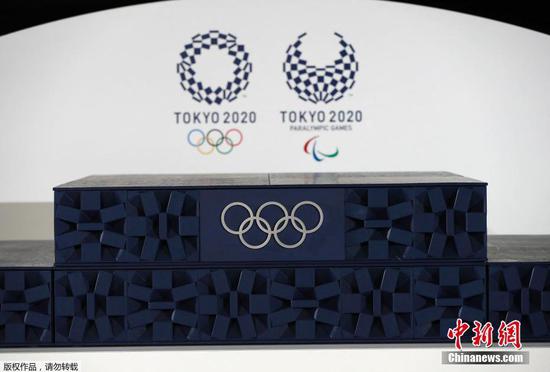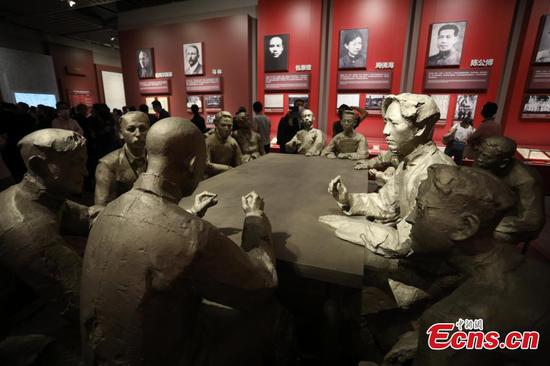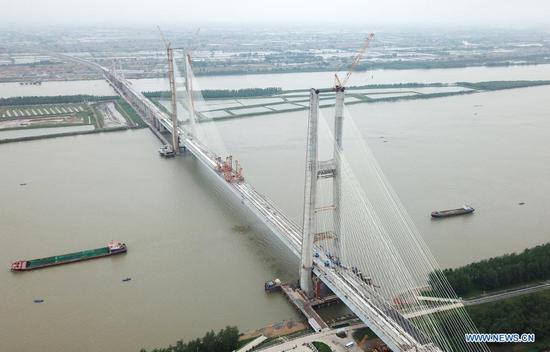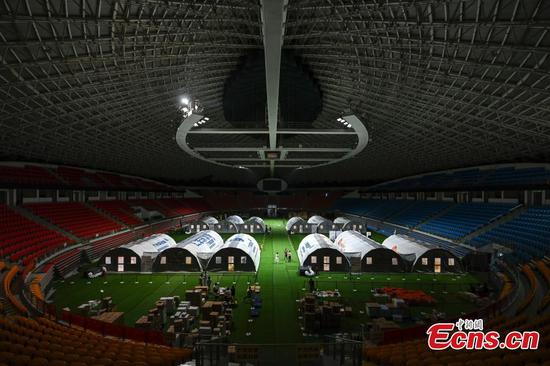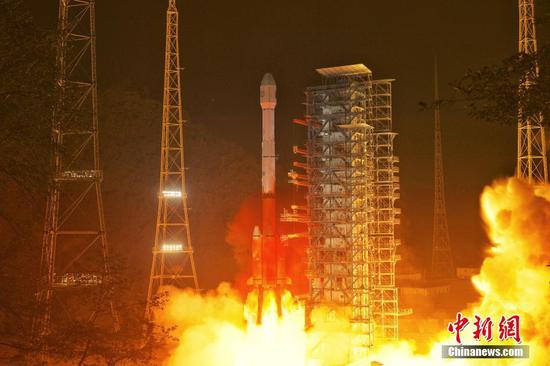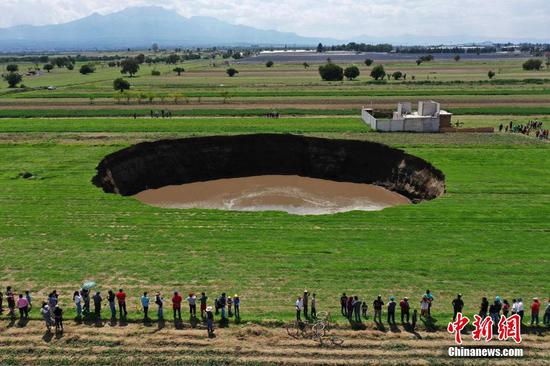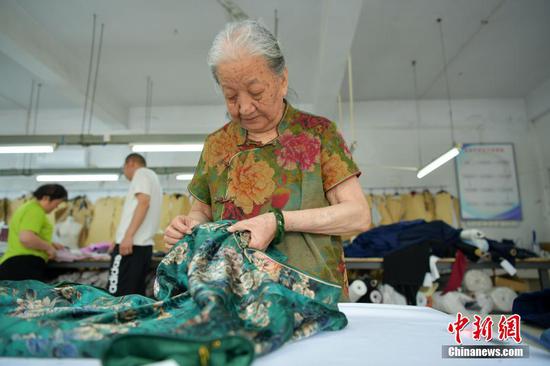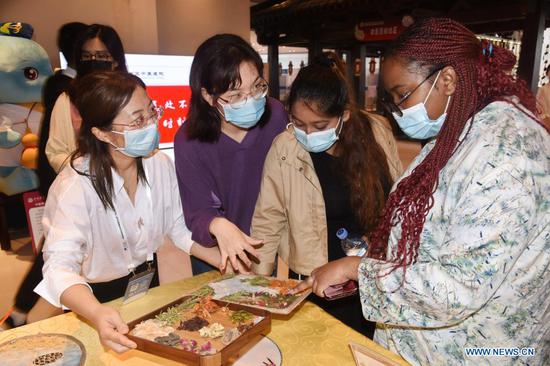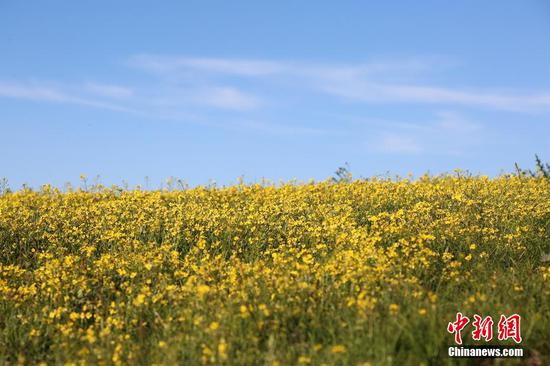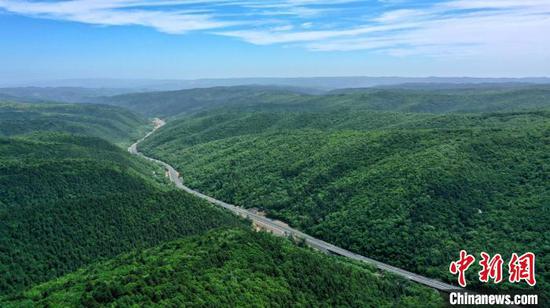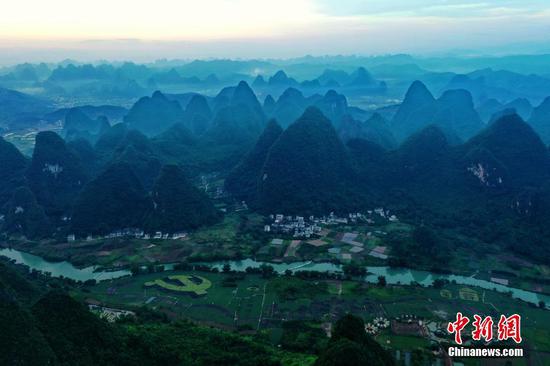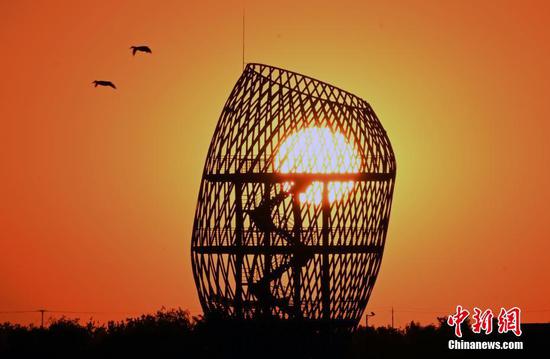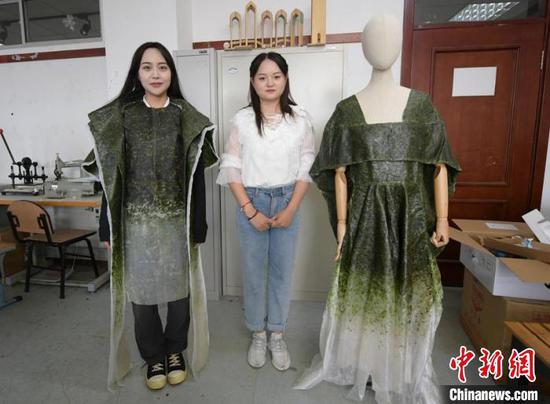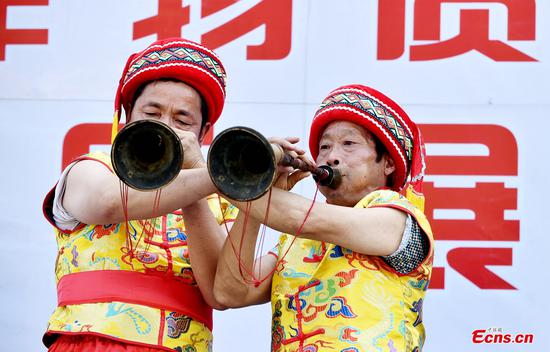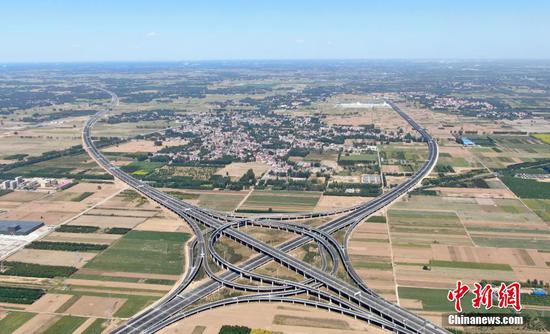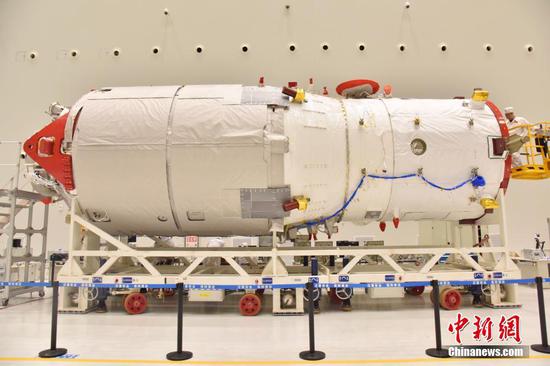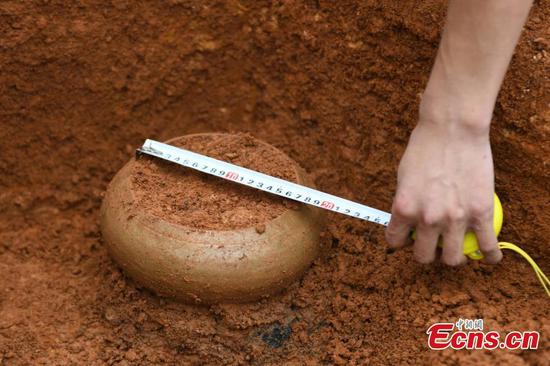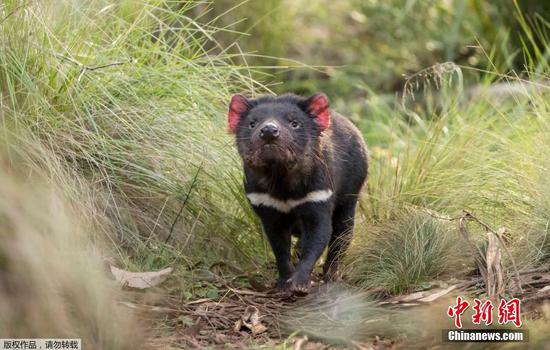(ECNS) -- This "unimpressive" camera is called "Mars Landing Surveillance Camera" ("Mars Camera").
"Don't look down upon it," said Professor Yung Kai-leung of the Hong Kong Polytechnic University (PolyU), who led the research.
China's first Mars probe Tianwen-1 carrying the Zhurong rover landed on the Red Planet on May 15.
The "Mars Camera" plays the role of an eye to monitor the landing and surrounding environment on the Mars surface.
The Mars Camera is light in weight (around 390g) yet strong and durable enough to withstand the extreme temperature differences of about 150 degrees Celsius experienced during the nine-month journey between Earth and Mars, and a huge impact shock of 6,200G, i.e., 6,200 times the force of Earth's gravity.
Professor Yung has collaborated with the China Academy of Space Technology in deep space exploration for years, developing a "Camera Pointing System" for Chang'e 3 in 2013 and for the historic landing of Chang'e 4 on the far side of the moon in 2019, and the "Surface Sampling and Packing System" for Chang'e 5, China's first lunar sample return mission.
Hong Kong scientists should actively integrate themselves into the nation's overall development and fully participate in the development of the Guangdong-Hong Kong-Macao Greater Bay Area (GBA), said Yung.
"We anticipate to join the project of the return of the samples from Mars and apply our space technologies to civil use. We are about to establish a research center for deep space exploration to research and develop instruments in this area," said Yung.









